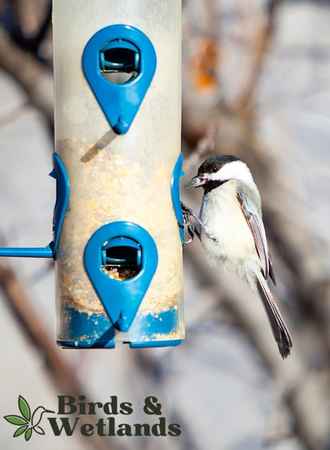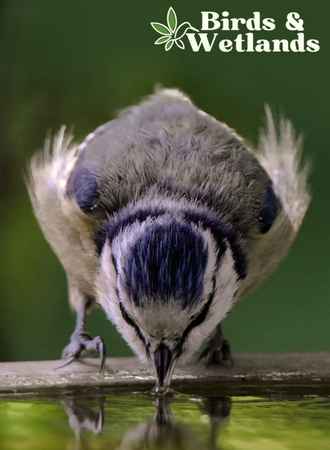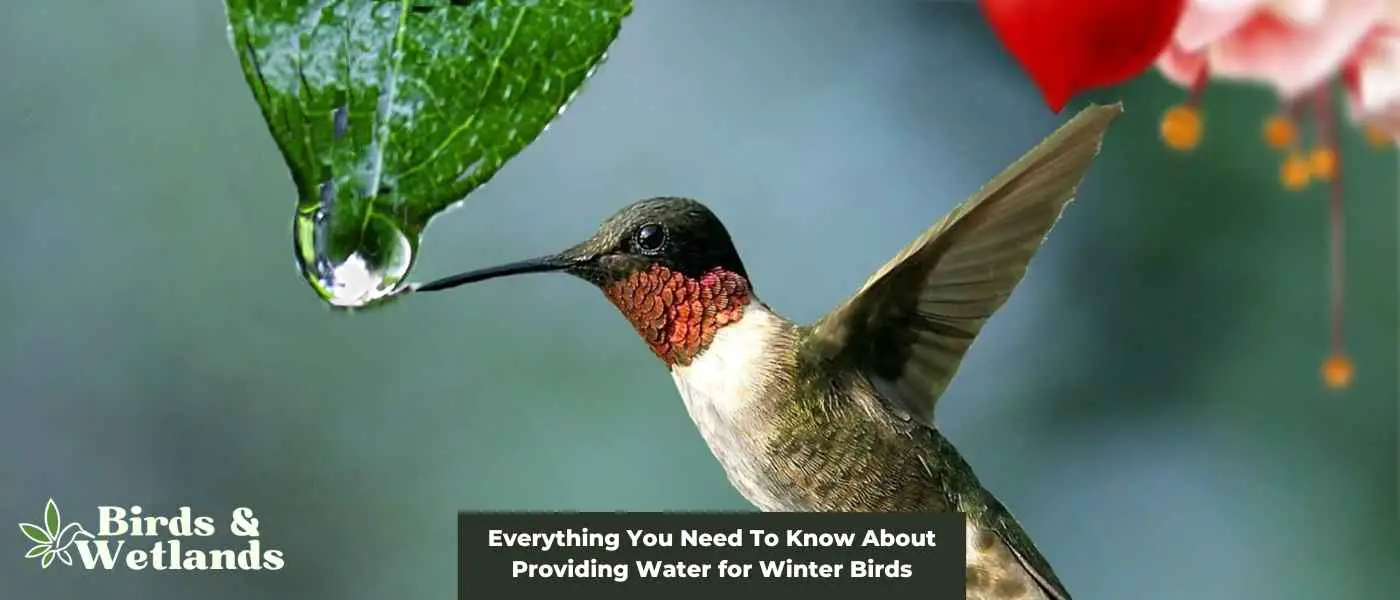Winter is a tough time for birds, especially when finding water. With frozen lakes and streams, they struggle to access the resources they need to survive.
However, as bird lovers, we can make a big impact on their lives by providing them with water in our own backyard. Not only does it help the birds, but it can also be a source of joy for us as we watch them flit and splash in the water.
We explore the importance of providing food and water for winter birds and how to do it effectively. We’ll also talk about the benefits of providing birds water and how it can enhance the overall birdwatching experience.
Key Takeaways on How to Provide Water for Birds
What is the importance of offer water to winter birds?
Offering water to winter birds is crucial for their survival as they require a constant source of hydration to maintain their physical health, regulate their body temperature, retain body heat, and support various metabolic processes.
Water can be hard to in warm weather or summer months. And during the winter months, when natural water sources freeze, it becomes even more important for birds to access alternative water sources, such as bird baths or feeder troughs.
Having a reliable water source can help birds conserve energy and stay warm. Most birds drink water and require large amounts of energy to maintain their body temperature, and during the winter, this energy demand is increased. By having access to water such as from a birdbath that dispenses water, birds can reduce their energy expenditure, conserve fat stores, and maintain their internal temperature.
Some bird species, such as insectivorous birds that eat insects, may only need less water than seed-eating birds. And even though birds don’t have sweat glands, they still lose water through their droppings.
Access to water is critical for birds to keep their feathers clean and healthy. Water is essential for removing dirt and parasites from feathers, which can help maintain the insulating properties of the feathers. This can help the birds regulate their body temperature and protect themselves from the elements.
Furthermore, drinking tap water can support various metabolic processes, such as digestion, excretion, and absorption of nutrients. This is especially important during the winter, when birds may struggle to find enough food to meet their nutritional needs. By providing fresh water, you can help birds conserve energy and increase their chances of survival.

How to provide birds water in winter
To provide different species of birds with water during the winter, one should follow these steps:
Install a bird bath or a heated bird bath with a water feature or immersion heater. A bird bath is a shallow basin that provides a place for birds to drink and bathe. Heated bird baths are designed to prevent the clean water from freezing, allowing birds and other animals to access it even in freezing temperatures. You can also use your heated birdbath to attract birds and other wildlife year round.
Install a mister to attract more birds. Many birds such as hummingbirds and other birds enjoy flying through the fine mist of water being spayed out. Also, instead of having an open pool where feathered friends might attempt to bathe, consider putting stones or other objects in the bath to provide perches.
Ensure the water is clean and fresh. Change the water regularly, at least once a week, to keep it from becoming stagnant and harboring bacteria. If the water is too dirty or contaminated, animals will not use it. You can also offer food to increase bird activity in your pond or yard.
Place the bird bath with water features in a visible location where birds can easily see it, such as near bird feeders, bushes, ponds or trees. The bird bath should also be close to a source of cover for the birds to retreat to in case of predators.
Clean your birdbath regularly. Clear snow and ice from the bird bath regularly to ensure the birds can reach the water. Bird bath water in the bird waterer can get dirty quickly, so you will have to replace it constantly. Remove parasites and keep your bird bath clean.
In extremely cold conditions, bird baths may freeze over, leaving garden birds without access to water. Providing additional water sources, such as heated bird fountains or misters, can help ensure wild birds have access to water during prolonged winter spells.
How to prevent your birdbath from freezing
Preventing water from freezing in a birdbath without a heated option requires regular maintenance and creative solutions. Per Nature Conservancy, bathing in frigid water can be disastrous for your feathered friends in winter.
Birds need unfrozen water. Here are several methods that you can implement to help birds:
Moving water
The constant movement of water helps to reduce the risk of freezing. Placing a small fountain or aerator in the birdbath will create a water flow, keeping it from solidifying.

Adding insulating materials
Materials such as straw or leaves can be placed under the birdbath to provide insulation and slow down the freezing process.
Removing ice
Regularly removing any ice that forms in the birdbath will prevent it from becoming too thick and disrupting the water flow. A plastic spatula or similar tool can break up and remove the ice. You can also pour hot water onto frozen bathing water to melt it.
Using a light bulb
One of the best ways to keep water in your bird bath from freezing is to use a light bulb and a flower pot. The heat generated by the light bulb will help to keep the warmth at just the right level to ensure the water does not get frozen.

